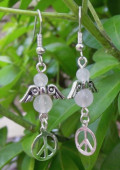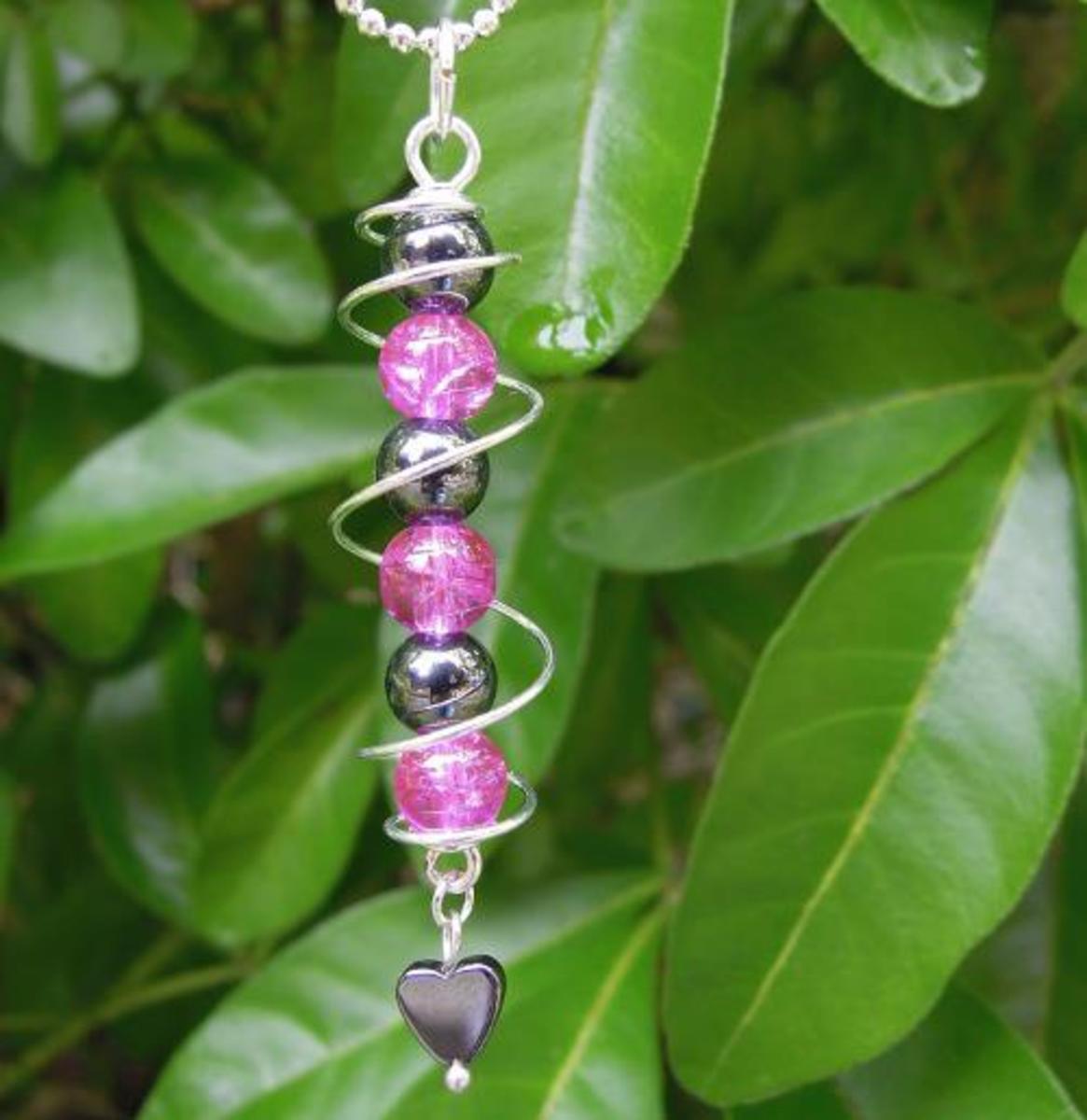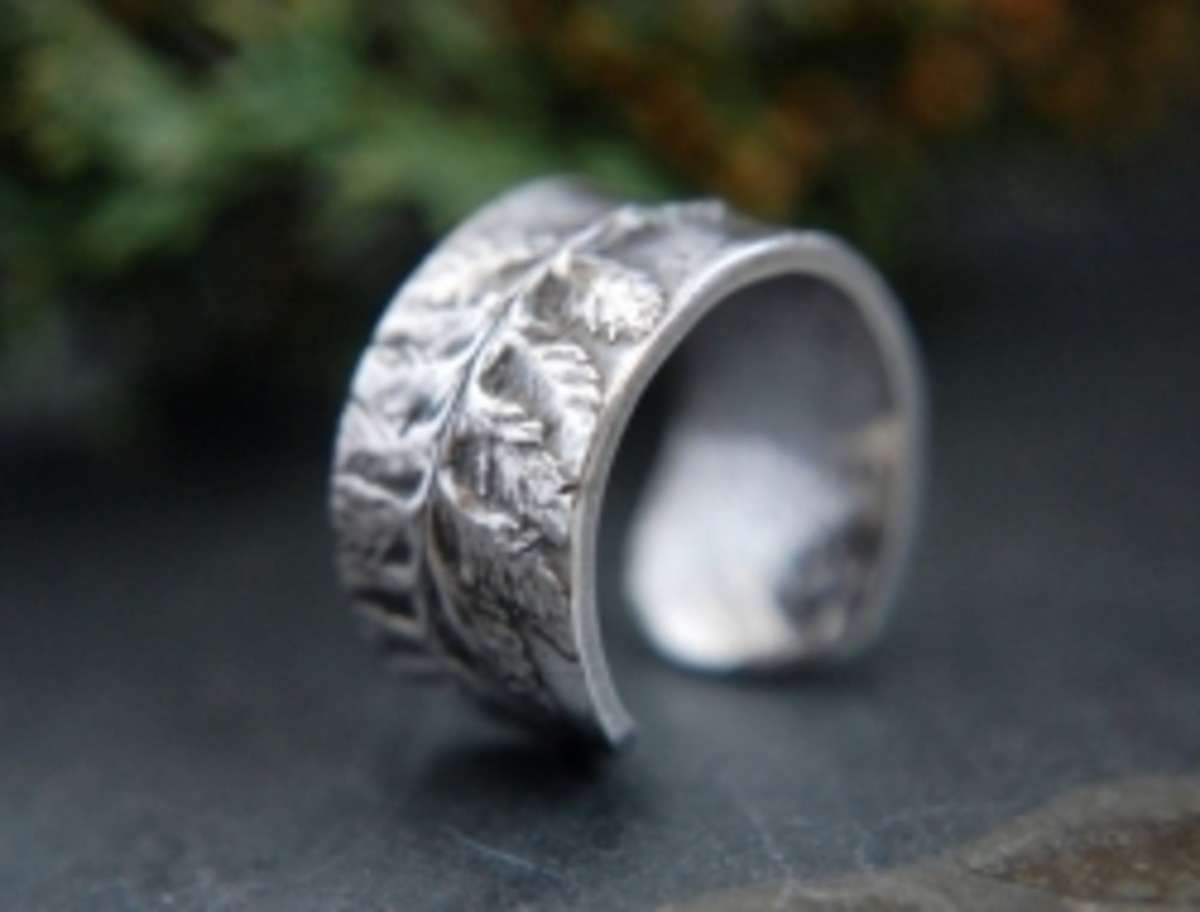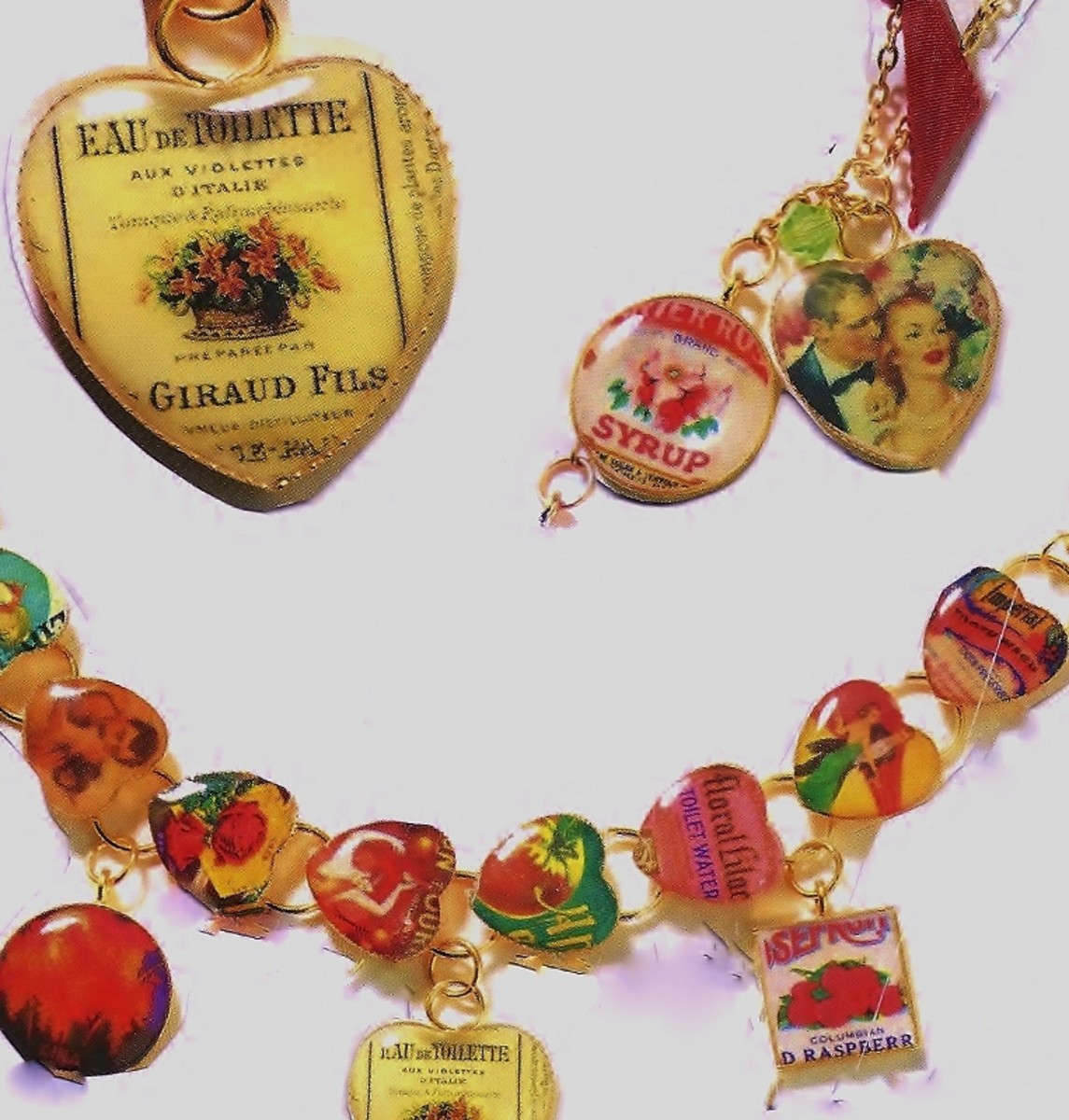A Guide to Jewellery Making Findings
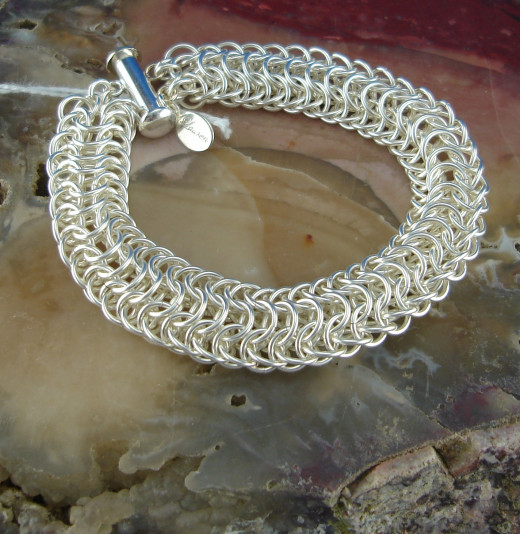
As well as the huge variety of beads that can be used in making jewellery there is a wide choice of components known ad findings to choose from. Findings are generally needed to create complete wearable pieces of jewellery and include items such as clasps, ear wires, connectors, bails and crimps. Each type of finding can be found in a range of types, sizes, finishes and styles which enables you to pick the ones most suited to your designs. Some types of findings can also be made quite easily by hand. This means that they can be incorporated into the design or coordinated to match it by using the same beads, colours or wires.
Many findings are made using metal and are available in gold, sterling silver, silver plated and sometimes copper and other metals such titanium. Some plastic findings may be available to buy including stud earring findings and brooch components. These can be ideal for people who need lightweight jewellery, have sensitive skin or suffer from allergies to the more common metal types.
It is possible to create jewellery that does not use any findings at all. Common examples of this can be seen in jewellery made using a technique known as macramé, items made using elastic cord or longer length necklaces that can simply be placed over the wearers head. There is no reason to be restricted to convention solutions when choosing findings for your jewellery design. One example of this is many designers using beads and buttons to create fastenings for bracelets and necklaces. This technique is often seen in macramé jewellery and can be achieved in several ways. It is also possible to create complete items of jewellery using only items that are considered findings. Chain maille jewellery can be complex and incredibly beautiful and yet it is created using the simplest of items – various sized metal rings, known as jump rings.
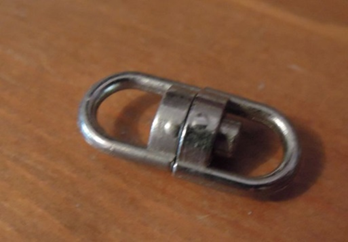
Types of Findings
Connectors
Double-loop eye pin – This is a connector with one loop on each end. These can be made fairly easily using wire and round nosed pliers.
Jump rings – Jump rings are single wire loops that can be used to connect findings and charms to jewellery. They can also be used to create chains and chain maille jewellery.
Split rings – These are double loops. They are very strong, stable and offer a secure connection between components. Split rings are the type of rings that are used to attach keyrings to other items.
Multi strand connectors – These connectors have more than one connection point so can be used in jewellery pieces that have more than one strand.
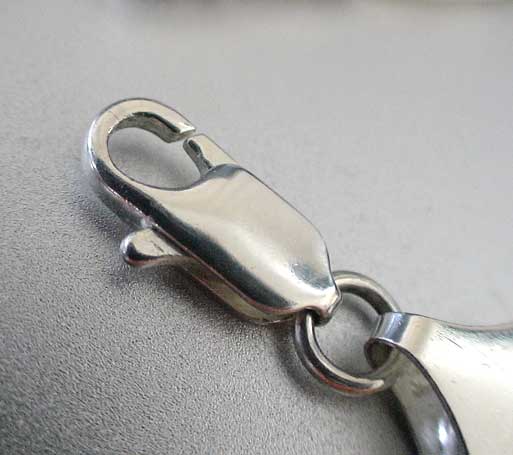
Clasps
Spring rings – These clasps are also known as bolt rings. These clasps are commonly used but the smaller they are, the fiddlier they are to use.
Lobster clasp – Lobster clasps are opened easily using springs. They are self-closing.
S-hook clasps – This style of clasp are available in range of designs and can also be made yourself using wire. Beads and other decorations can also be added to s-hook clasps.
Fish-hook clasp – This is a two part clasp that fastens by the hook part being pushed inside a bead like piece.
Toggle clasp – Also called ring and bar clasps, these are available in a wide range of colours, sizes and designs including specific shapes such as hearts and flowers. To fasten the bar is pushed through the ring and rests across it.
Multi strand clasps – Like multi strand connectors, these clasps allow several strands to be attached to them.
Magnetic clasp – Magnetic clasps are useful for people who would have trouble fastening other types.
Screw clasps – Screw clasps are very secure and consist of two pieces that screw together. They can be difficult to fasten on your own wrist though.
Earring Components
Hoops – Ready formed circles of wire with a hook closure. Beads can be threaded directly onto these or beads and other items can be hung from them.
Posts – These can be used to create stud style earrings and some types also have a loop so that charms or beads can be added.
Fish hooks – These are very commonly used findings for ear rings and are very simple to wear.
Lever back – Lever back ear wires hook into the ear and then close at the back.
Clip on – Earring findings for people who do not have pierced ears.
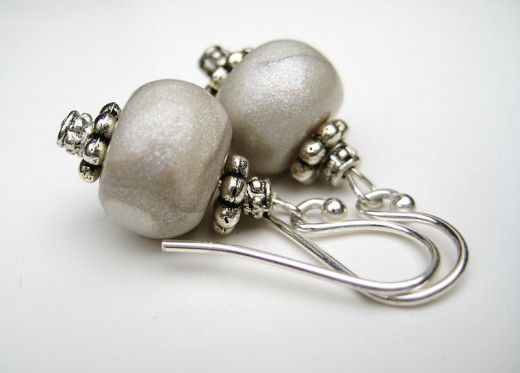
Cord ends
Cones – These are used on the ends of necklaces and bracelets and can hide stringing materials or knots. Cones are often used on multi strand jewellery pieces to give a neat finish.
Cord ends – Cord ends are coils that are often used to finish and attach clasps and other findings to leather, suede and similar cords. They are available in several sizes to suit different cord diameters and the right one should be used to ensure a secure fit.
Ribbon crimp ends – These findings are used on ribbon. Ribbon crimp ends have small teeth that grip the ribbon once they are closed around it. Different sizes can be bought to suit different sized ribbons.
Foldover ends – Foldover ends have two metal tabs that are folded over to secure flat cords such as suede, ribbon or leather. The size should be chosen so that ends fold over and met or overlap slightly.
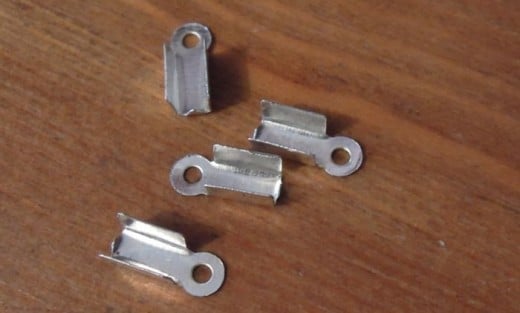
Others
Bead caps – Bead caps are placed over beads to add a decorative effect to plain beads. They are available in many designs. It should be noted that using bead caps will lengthen a piece as they add extra diameter to a bead. They can be used on one or both sides of a bead and can also be used on the top of pendants or focal beads.
Crimp beads – Crimp beads are tiny metal tubes of varying length that are crushed (using crimping pliers) around cords to secure ends neatly. They can be bought in a several sizes and finishes.
Crimp covers – These are placed over crimp beads to give a neater finish.
Calottes – This finding is also known as knot cups and is used to hide knots or crimp beads. They give a neat and professional end to any piece of jewellery and most types have a loop so that clasps or other components can be attached.
Wire guardians – These are used to protect stringing materials from wear.
Head pins – Head pins are lengths of straight wire that have a small end that is intended to stop beads from falling off.
Eye pins – Eye pins are similar to head pins but have a small loop in one end.
Pendant bails – this finding is a decorative way to create a hanger for pendants. They can be bought in a range of styles and can also be made in a simple form by making a triangle from wire.
Eyeglass holders – These stretchy plastic holders have two loops. One loop fits over the arms of a pair glasses and the other can be attached to strings of beads. This is then worn around the neck so that a person does not drop their glasses if they fall off or that if they do not wear them all the time they can be kept and taken on and off safety and easily.
Sieves – Sieves are small metal shapes that have had multiple holes drilled into them, some also come with backs. Sieves can be decorated with beads and used to create pendants, brooches, earrings, rings and other jewellery pieces.
© 2013 Claire

